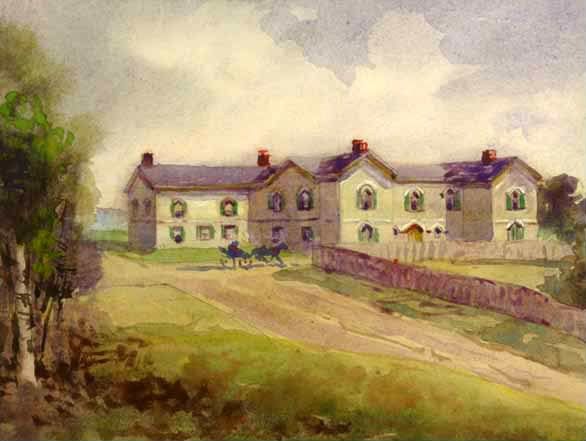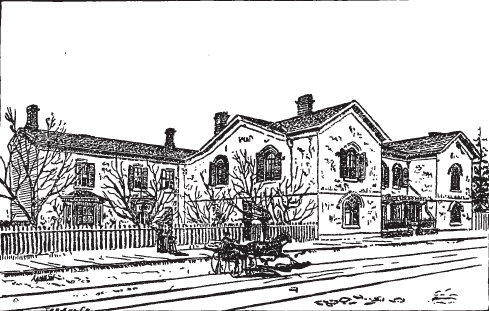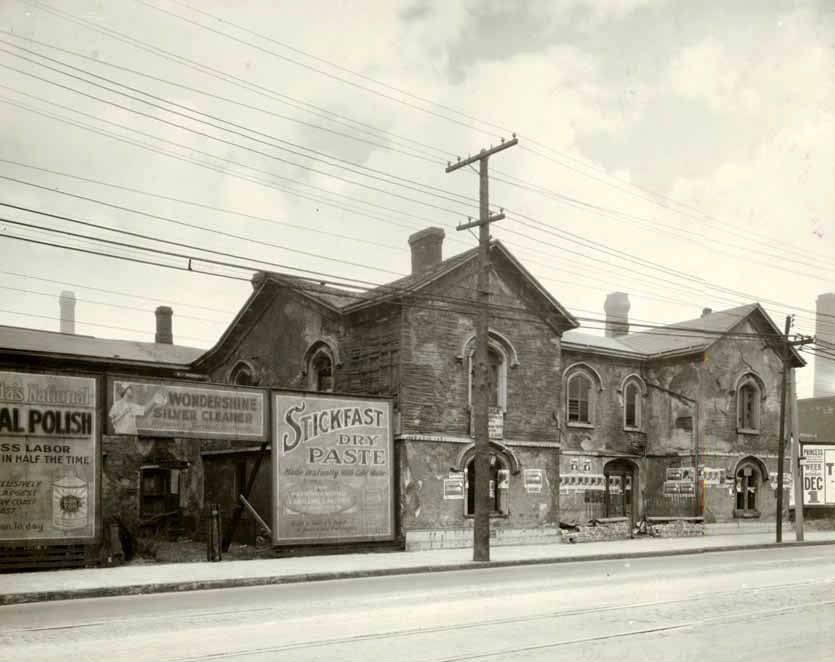UrbanToronto has partnered with
Heritage Toronto to capture a moment in Toronto's past. On a weekly basis, we will both be highlighting a historic photo of the city's people, places and events, and will be telling the stories behind them.
Many thanks to both Gary Switzer of MOD Developements and Maya Bilbao for putting together the photos and research.
This week's photo:
FRONT STREET 1928
From the 1790's to 1928 (when this photograph was taken), a lot had taken place on Front Street. Early on, Front was the closest street to Lake Ontario. At that time, it was literally a stone's throw from the water's edge, lined with homes belonging to York inhabitants who, needless to say, had spectacular views of the lake. Over time, landfill extended the southern boundary of the city south of Front Street and what was once the water's of Lake Ontario became a thriving area for commerce, industry, and the railway. By 1928, Front was lined with a diverse collection of structures, built of varying styles, from manufacturing and industrial buildings to retail offices and hotels.
1928 was a busy year for Front Street West. It was just one year after the opening of Union Station, a spectacular new train station on the south side of Front between Bay and York Streets. Union Station was designed in the fashionable Beaux Arts style, and is still considered one of Toronto's finest examples of this trend. Its distinctive columns can be seen on the left side of this photo. During the grand opening in 1927, Edward, Prince of Wales remarked: “You build your stations like we build our cathedrals.” Union Station was also said to be "the largest and most opulent station erected in Canada."
1928 was also one year before the new Royal York Hotel opened. Located on the north side of Front Street, west of Bay extending to York Street, the Royal York was strategically located across the street from Union Station. It was initiated by the Canadian Pacific Railway and designed by popular Montreal architects Ross and MacDonald in association with Toronto's Sproatt and Rolph. The Royal York opened in 1929 soaring to 28 storeys, making it the largest hotel in the British Empire. At that time, it was known as: “A city within a city block.” The Royal York was designed in the Chateau style, of Indiana limestone rising to a copper roof, and was instantly known as one of Toronto's most elegant hotels. The Royal York changed the Toronto skyline, and still remains a highly identifiable landmark, known today as the Fairmont Royal York Hotel.
Along with the Royal York, there were several other hotels along Front at that time including the Walker House Hotel. Located at the corner of Front and York Streets, the Walker House was adjacent to Union Station, known as one of Toronto's most notable hotels of the 19th and 20th centuries. Its distinctive solid, symmetrical shape can be seen just behind the columns of Union Station. Sadly, aside from the Royal York and Union Station, many of the buildings seen in this photo no longer exist.
Transportation enthusiasts will certainly be interested to see the streetcar running along Front, as well as the varied collection of motor vehicles humming along.
Sources
"http://www.toronto.ca/union_station/history.htm#opening
City of Toronto directory, Front Street West, 1928 (Toronto Reference Library)
Map of Toronto, 4th floor, (Toronto Reference Library)
http://www.heritagefdn.on.ca/userfiles/page_attachments/Library/1/1785874_Royal_York_ENG.pdf
http://www.fairmont.com/EN_FA/Property/RYH/AboutUs/HotelHistory.htm














